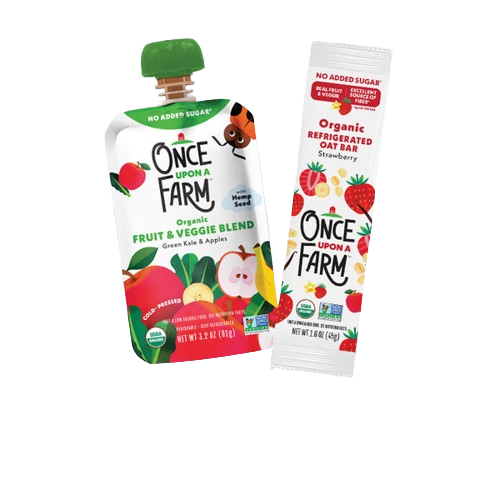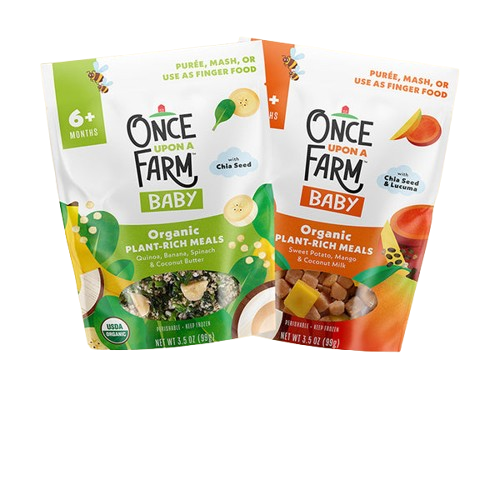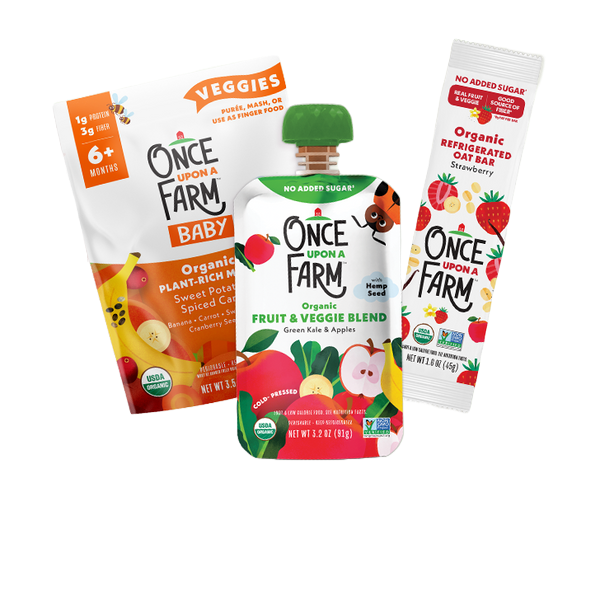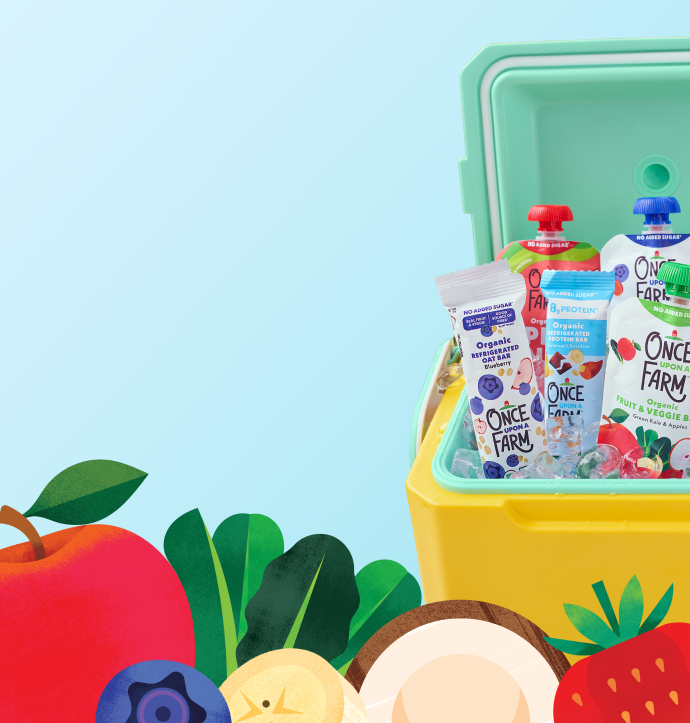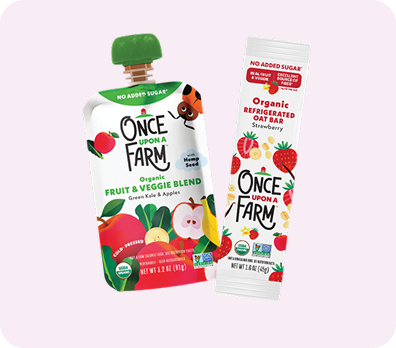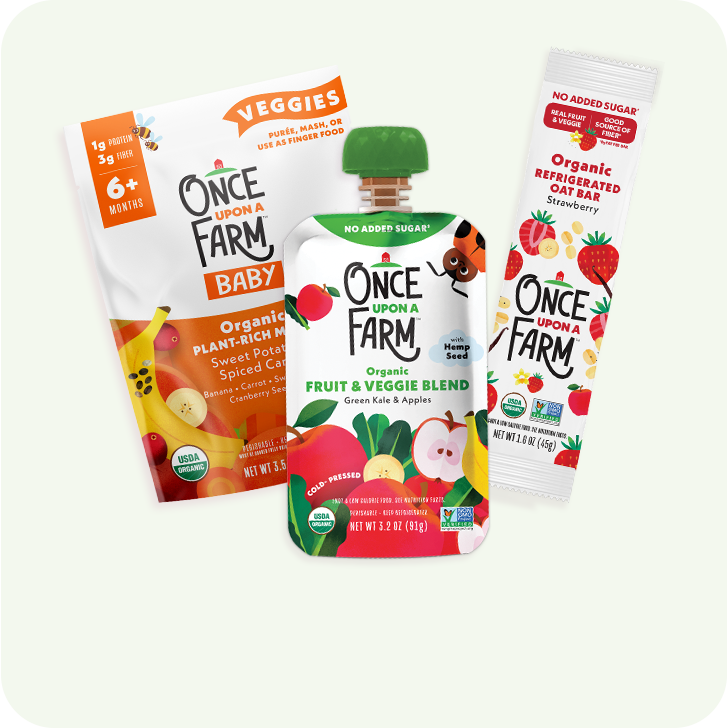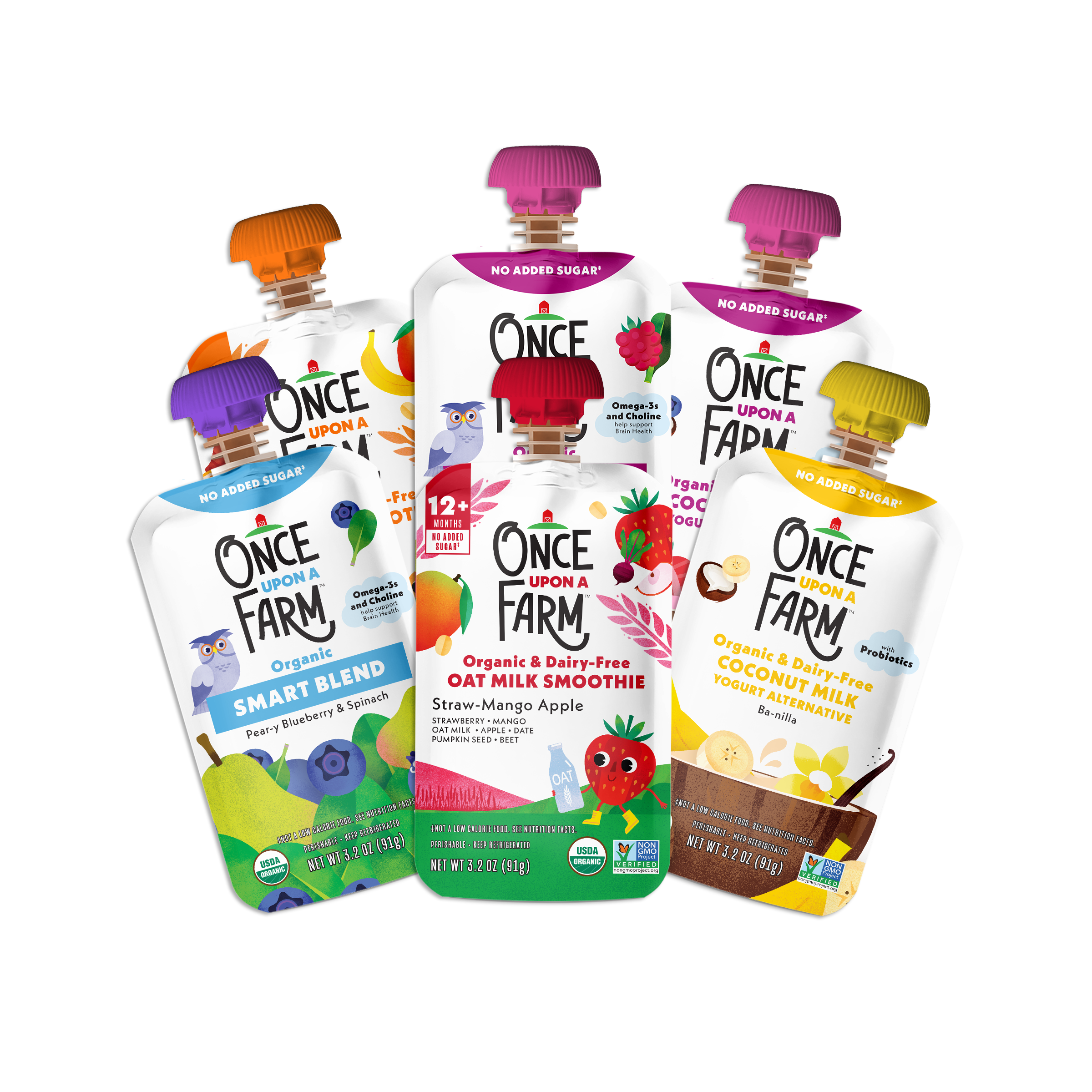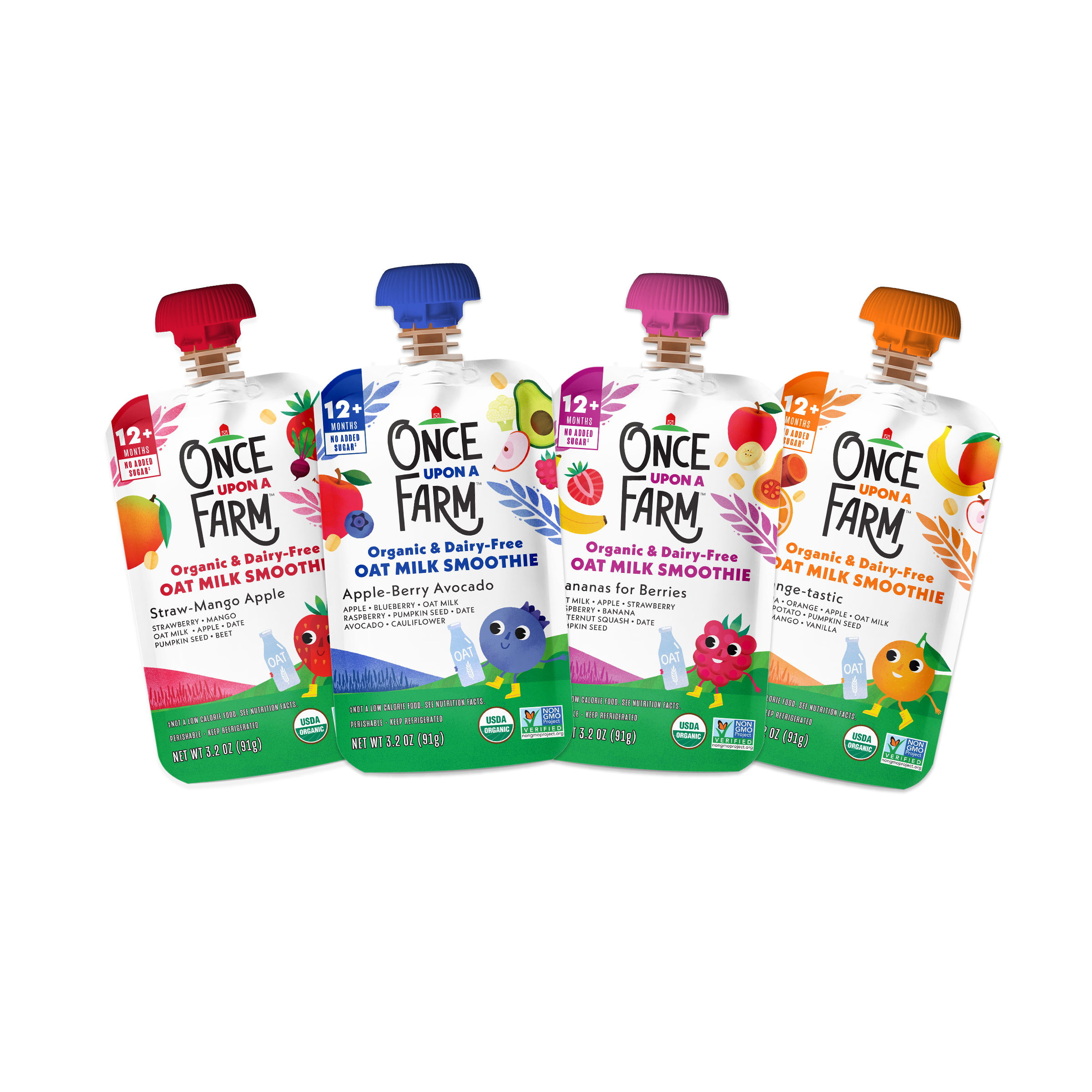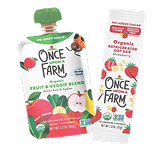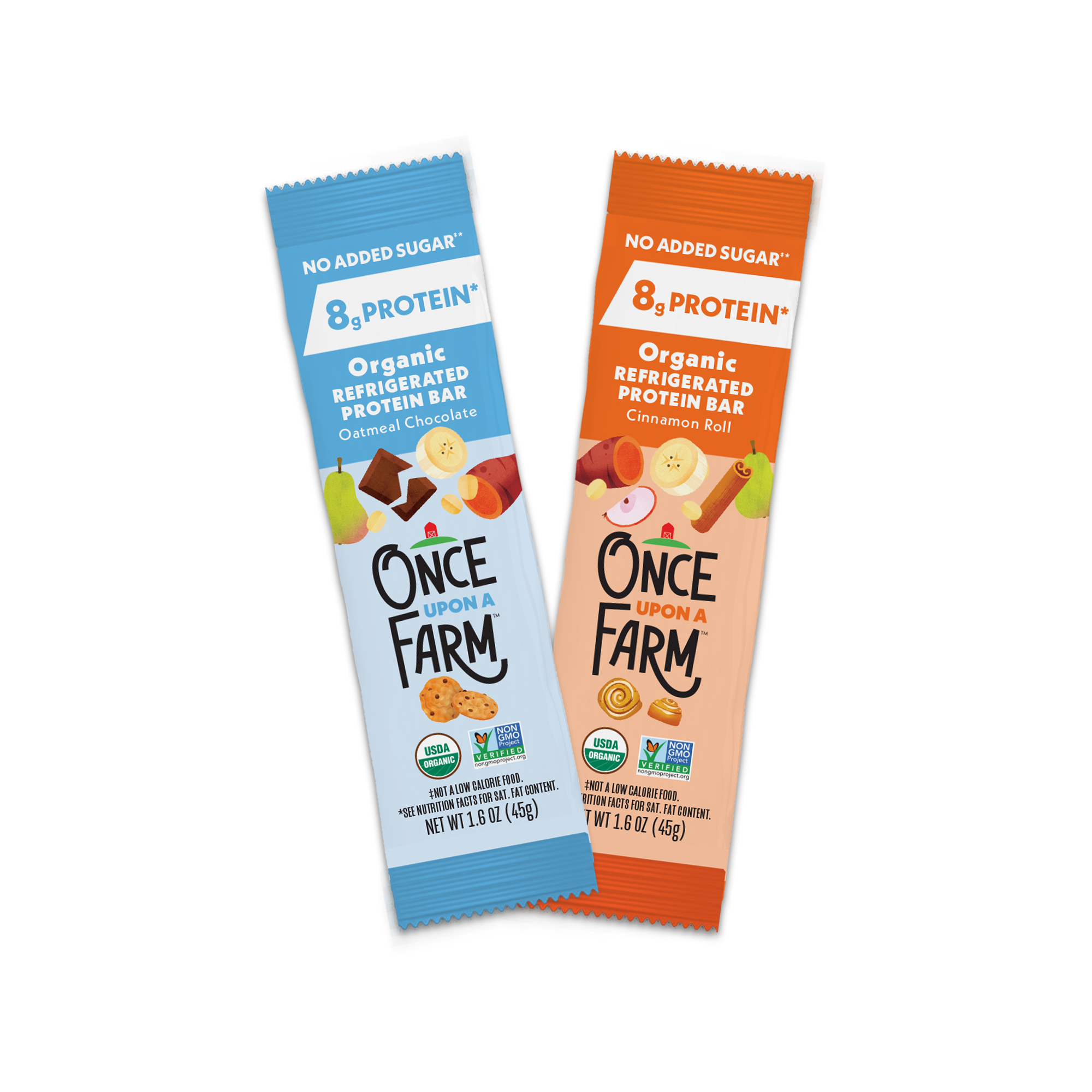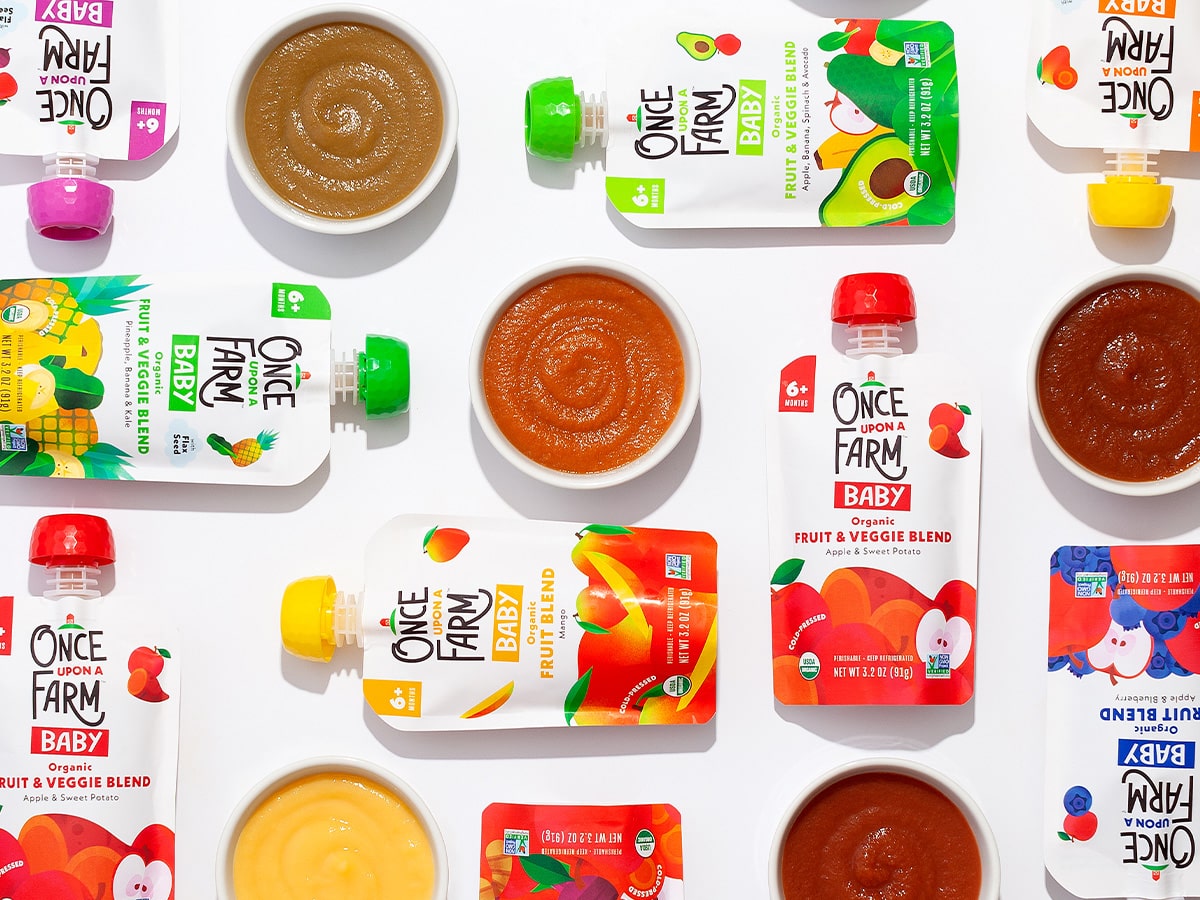Your baby’s first year is full of exciting milestones, some more photo-worthy than others. One moment captured by the cameras and hearts of parents everywhere is baby’s first foods.
But before you whip out the camera, there are some questions to answer, like how do you know your baby is ready to start solids, and what is the best solid food to start your baby on?
When to Start Solids
As parents, many of us will hear it’s OK to start solids when the baby is 4–6 months old. However, as Registered Dietitian Nicole Lattanzio (@infant.nutritionist) reminds us, “Being ‘allowed’ to feed a baby doesn’t necessarily mean they’re developmentally ready.” She shared some readiness signs to look out for:
- Good head and neck control
- Ability to sit unassisted
- Integration of tongue thrust reflex
In Lattanzio’s experience, “These most often occur close to 6 months,” which is the age she advises the families she works with to begin introducing solids.
Note: Please check with your child's pediatrician if you have any specific questions/concerns about your baby's solids journey.
How to Serve Solids
If offering purées, Lattanzio suggests “putting some on a baby spoon and allowing baby to self-feed.” (Assist as needed.) This encourages independence and exploration. “If feeding baby, ensure you are practicing responsive feeding by watching their cues for wanting more or being all done.”
Fruits & Veggies to Start On
Happily, there are many tasty, nutritious options to start your little one on. Whether you’re serving as purées, mashes, or soft finger foods, there are certain fruits and vegetables that are great choices to begin with.
1. Apples: Steam and purée for the ever-favored applesauce.
2. Avocados: Mash, purée, or serve soft wedges as finger food*.
3. Banana: Mash, purée, or slice to serve soft wedges as finger food*.
4. Broccoli: Steam, then mash, purée, or serve as finger food* (roasted broccoli makes great finger food, too!).
5. Carrots: Steam, then mash, purée, or slice to serve as finger food*.
6. Mango: Mash, purée, or serve soft wedges as finger food*.
7. Peas: Steam, then mash or purée.
8. Pears: Steam, then mash, purée, or serve soft wedges as finger food*.
9. Sweet Potato: Steam, then mash, purée, or serve soft wedges as finger food*.
10. Squash: Steam, then mash, purée, or serve soft wedges as finger food*.
*Tips on preparing finger food from the USDA:
- Cook hard foods (like carrots or squash) until they are soft enough to pierce with a fork.
- Remove seeds, pits, and tough skins/peels from fruits and vegetables.
- Finely chop foods into thin slices, strips, or small pieces (no larger than ½ inch), or grate, mash, or puree foods. This is especially important when serving raw fruits and vegetables, as those items may be harder to chew.
Where to Start With Once Upon a Farm
Still stumped with where to begin? We make it easy with a few options:
- Simple Starters: limited-ingredient purées to get babies comfortable with solid food and brand-new flavors
- Baby Oatmeal Blends: smooth, sippable oatmeal pouches sweetened only with real fruit
- Plant-Rich Meals, which can be puréed, mashed, or served as finger food for self-feeding

